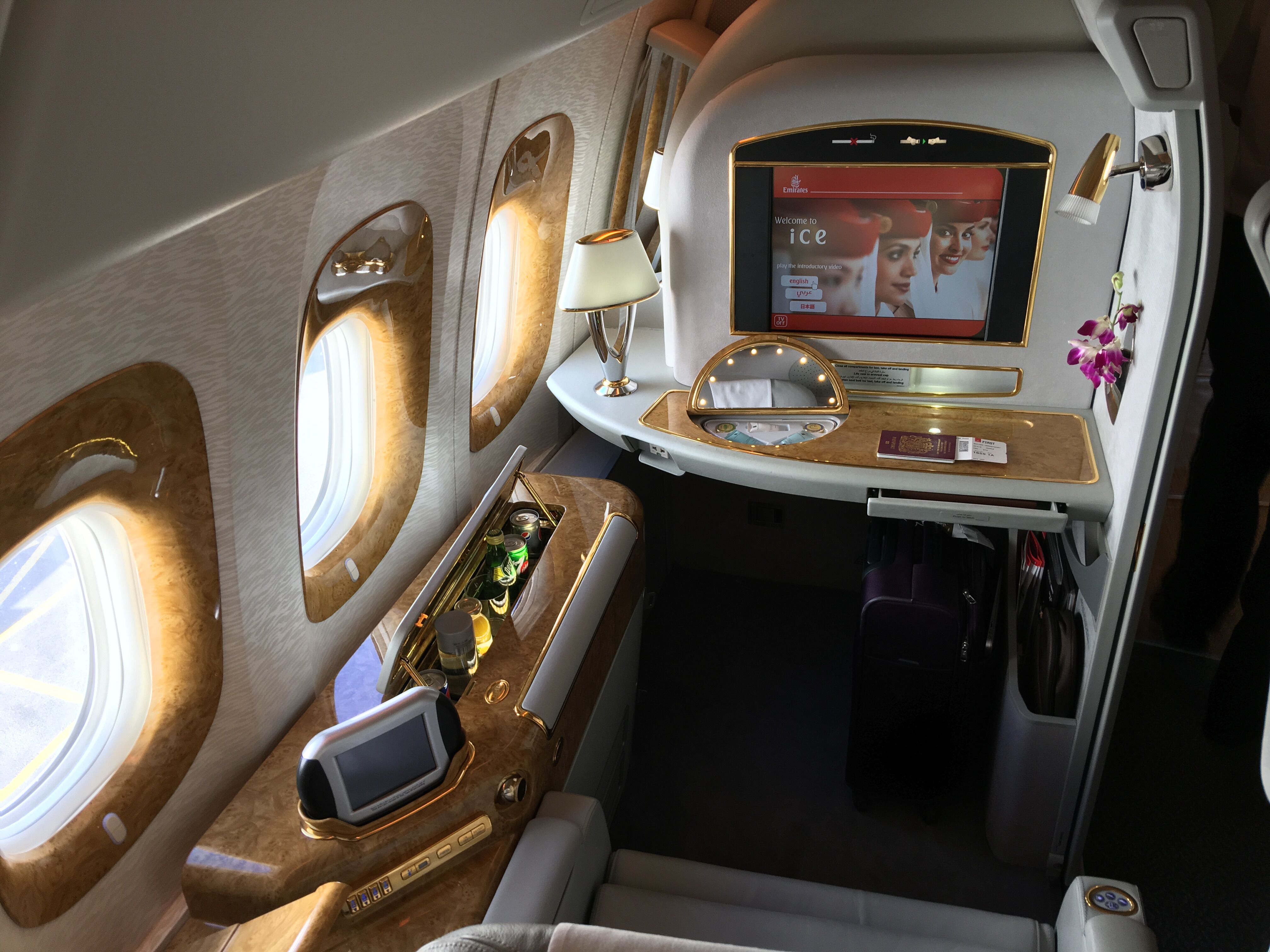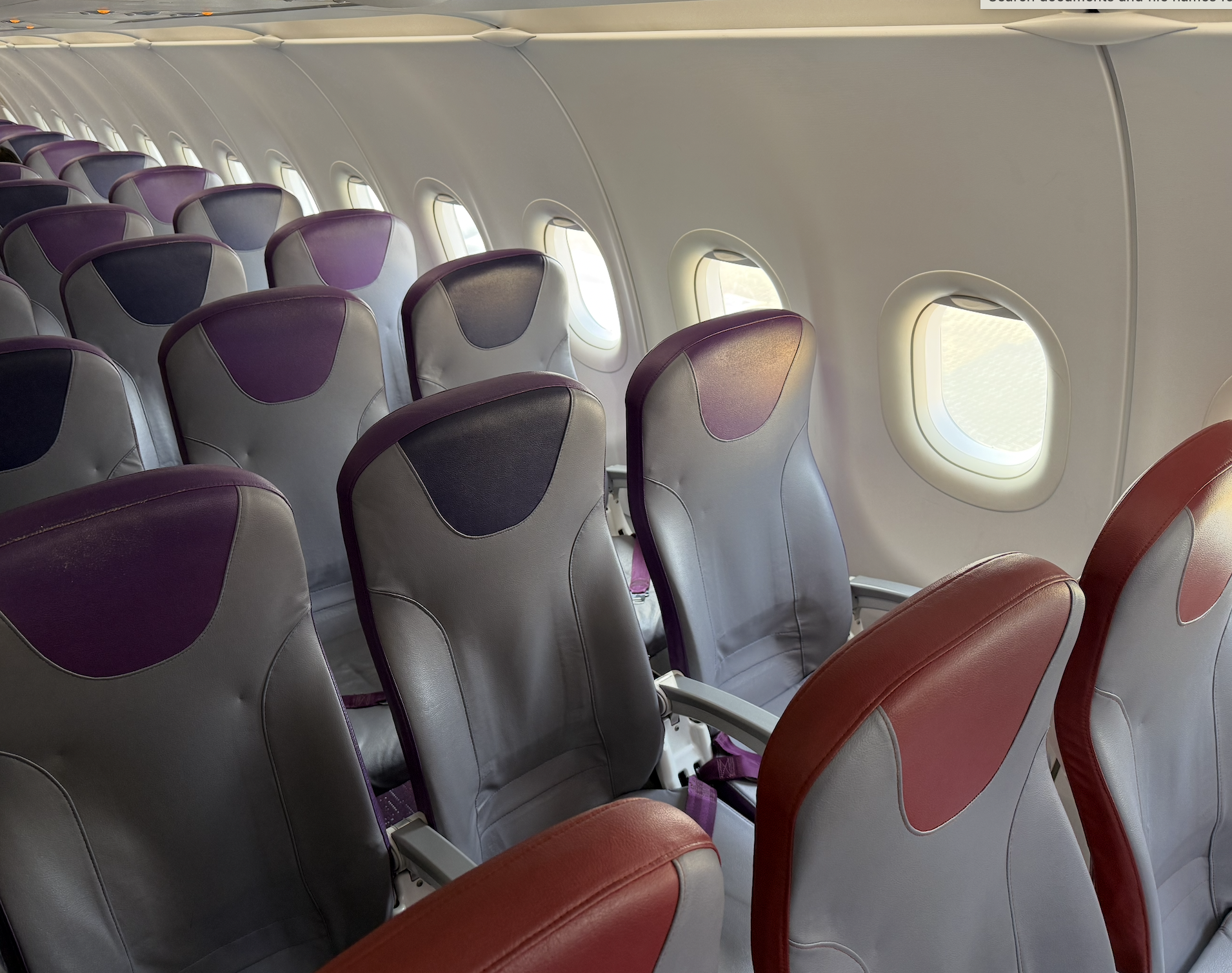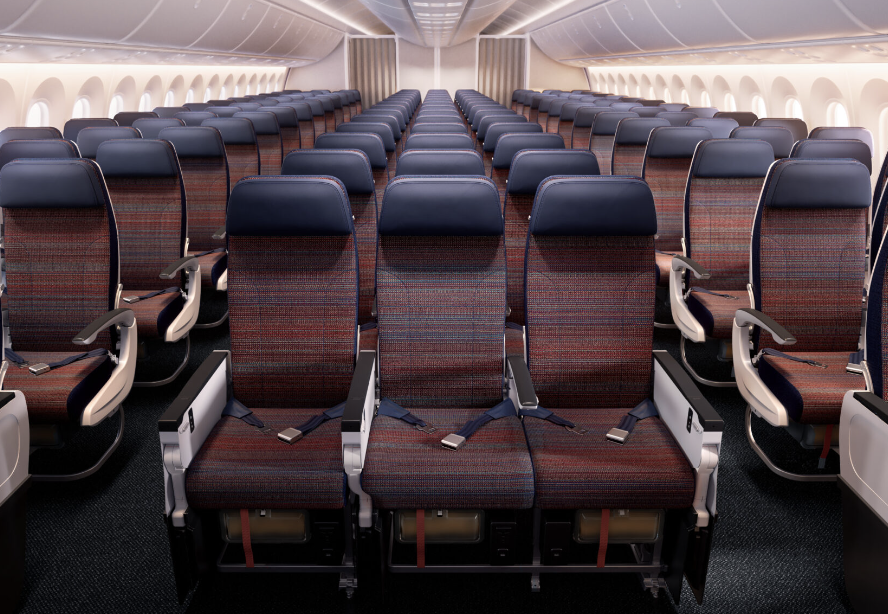Distinctiveness and Personalisation
Getting personal…airlines are incredibly fortunate in that customers often form emotional connections with their brands. From Pan Am bags to the TWA hotel, all the way to Qantas pyjamas, so many have a special place in passengers’ hearts. Yet often this good fortune is squandered when it comes to the passenger experience, especially within an airline’s cabins.

Hum-drum, beige, boring — and indistinguishable from the competition — perhaps an accountant’s dream, but a nightmare for any airline wanting to be the carrier of choice for discerning passengers.
An increasingly important element in airline cabin design and implementation is distinctiveness, the ability to immediately tell which airline you’re flying from the cabin. To be clear, can be done in several ways that really vary depending on the airline, and even across hard and soft product — the sarong kebaya uniforms of Singapore Airlines, the glossy burled walnut panelling of Emirates, all the way across the scale to the cheap-and-cheerful signals that easyJet Orange sends at every contact point with its brand.
To achieve this distinctiveness, airlines need to figure out how to personalize their cabins, incorporating their brand, its signature elements, what makes it distinctive — and what they want their passengers to associate with them.

That distinctive element is key: a cabin can be entirely on brand and still not distinctive. Consider the period in the mid-2010s where the longer haul versions of Boeing 757 aircraft — operated on the long and thin, middle-of-the-market routes such as those between the eastern US and western Europe — from all three of American, Delta and United had the same Collins Aerospace (then B/E Aerospace) Diamond seat, all in shades of dark blue or dark grey, and which were practically indistinguishable from each other at first glance.
For airlines, with branding — and especially with cabins — the key is first to say something, and second to say something that makes passengers (and prospective passengers) immediately know that it’s you. Hong Kong Express is a great example here: founded as an independent airline, it went big on a cheery, exciting purple in its branding, interiors and uniforms, and after its acquisition by Cathay Pacific the colour remains a signature, distinct from the wider Cathay brand. That’s all especially notable as the Cathay brand itself expands from the airline to a wider lifestyle identity.

TAP Air Portugal’s interiors are another, especially in shorthaul: their seats are mostly grey, but the pops of lime and red are smart branding and distinctiveness elements, from the carpets to the headrests to the literature pockets to the airsickness bags.
Now consider the airlines changing their brands, cabins and liveries from something distinctive to something generic. Consider Lufthansa’s decision to remove the iconic golden yellow from its aircraft and branding and make deep blue its corporate colour, while also retaining the core aesthetic of its previous cabins for Allegris. Similarly, Korean Air’s recent livery, interiors and branding shift after its acquisition of Asiana abandons the instantly recognisable turquoise for a deep blue outside the cabin and generic dark neutral palette inside.
Airlines, of course, have constraints on just how much they can personalise a cabin for distinctiveness in terms of look and feel, from safety certification requirements to considerations of lease return or second-hand value of the cabin.
This gives a certain tendency towards a beige or grey cabin — but even here elements like a bulkhead branding panel, a bold seat fabric choice, a pop of colour on an antimacassar headrest cover, or even more ephemeral items like safety cards and menus can lend distinctiveness, if implemented in a considered and thoughtful way. Personalisation isn’t just thinking about the passenger: it’s thinking about the airline persona as well.

